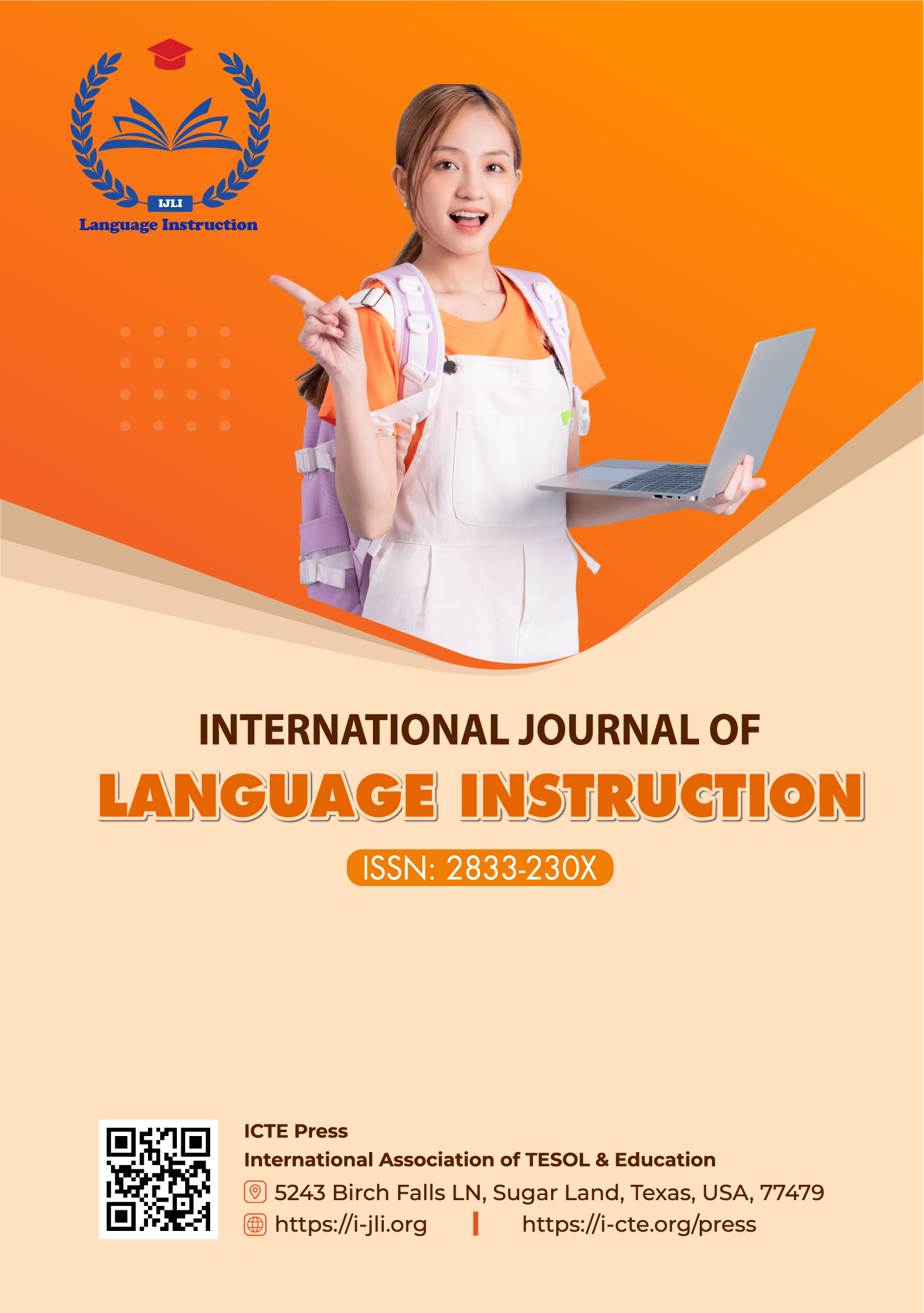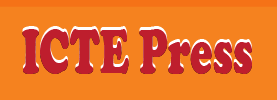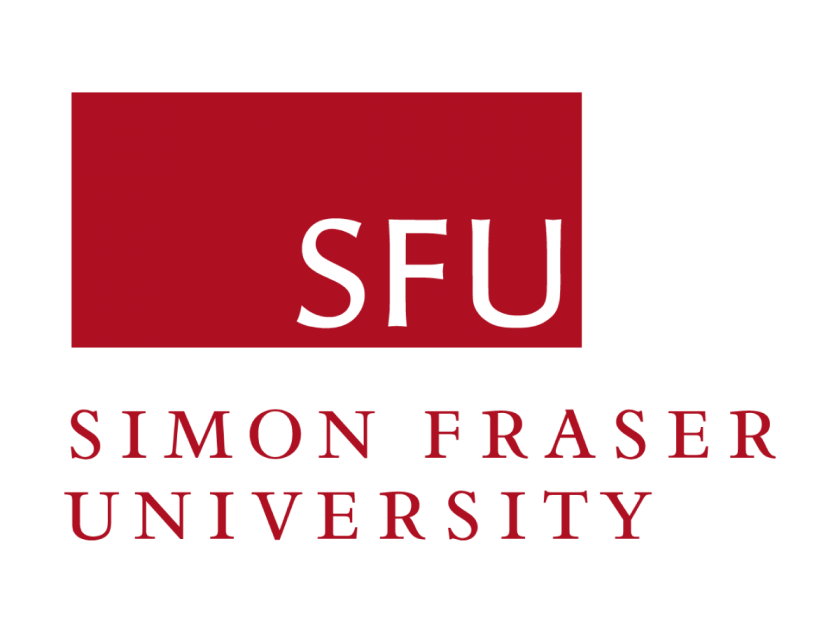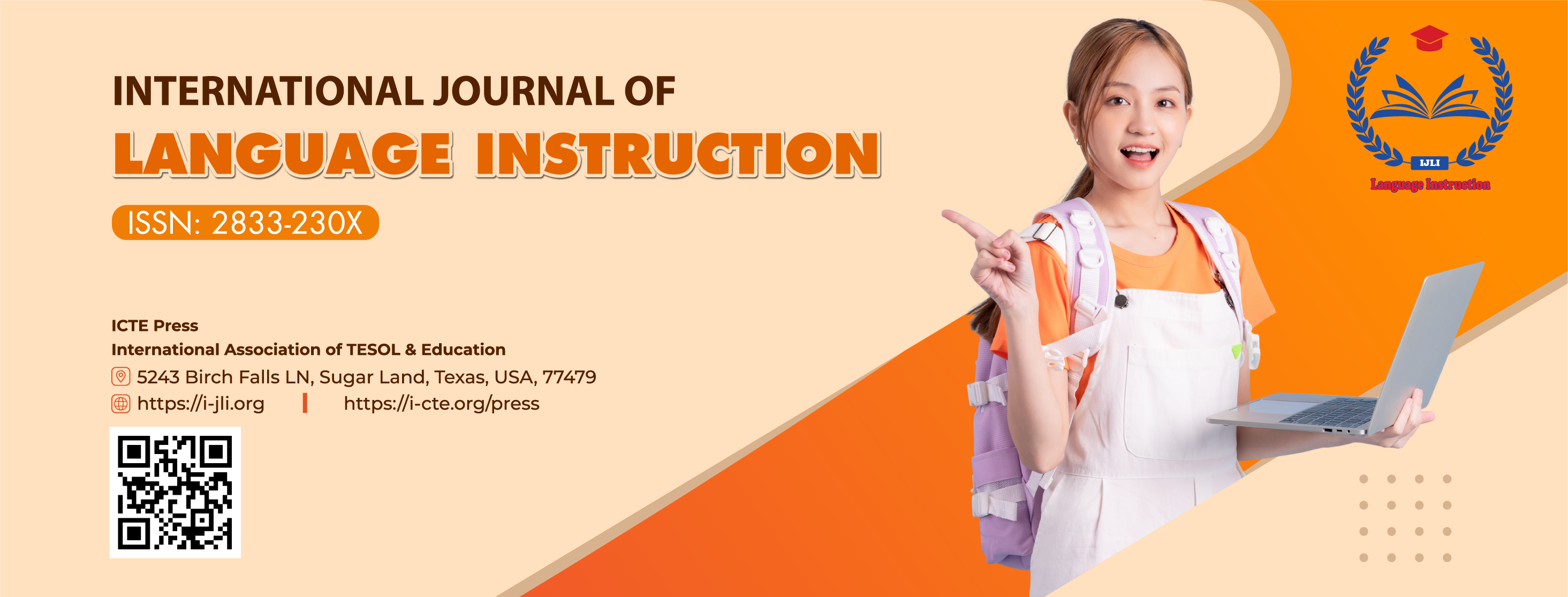Challenges and Strategies in Teaching English for Medical Purposes: A Literature Review
DOI:
https://doi.org/10.54855/ijli.25434Keywords:
English for Medical Purposes, medical terminology, curriculum design, needs analysisAbstract
English for Medical Purposes (EMP) has emerged as a critical subject in medical education in non-English speaking countries, enabling professionals to access research, communicate internationally, and update evolving healthcare practices. This literature review aims to provide an overview of the challenges and strategies in the teaching of EMP. The review reveals that the key challenges include complex medical terminology, limited contextual practice, and inadequate teacher training. Proposed strategies involve structured morphological analysis, needs-based curriculum design, and multimodal teaching methods, such as role-plays and simulations, to enhance students’ engagement and retention. Interdisciplinary collaboration between English lecturers and medical professionals is also emphasized to align instruction with real-world applications. These findings contribute to ongoing efforts to refine EMP instruction in Vietnam, including future studies to explore discipline-specific EMP approaches and assess the impact of pedagogical innovations on students’ medical English proficiency.
References
Abidova, M., & Guzacheva, N. (2020). Features of medical terminology teaching in English lessons. Бюллетень науки и практики, 6(4), 434-437. https://doi.org/10.33619/2414-2948/53/50
Akbari, Z., & Tahririan, M. H. (2009). Vocabulary learning strategies in an ESP context: The case of para/medical English in Iran. The Asian EFL Journal Quarterly, 11(1), 39-61.
Al-Kufaishi, A. (2004). Translation as a learning and teaching strategy. Babel, 50(1), 45-58. https://doi.org/10.1075/babel.50.1.06alk
Antic, Z. (2007). Forward in teaching English for medical purposes. Medicine and Biology, 14(3), 141-147.
Azimbayevna, D. G. (2020). Translation features of medical terms. International Journal of All Research Writings, 1(10), 5-8.
Azimbayevna, D. G., & Vohidovna, X. X. (2021). Features in the translation of medical terms. Galaxy International Interdisciplinary Research Journal, 9(11), 470-474.
Bharathi, K. N., & Pushpanathan, T. (2022, February). English for medical purposes and its status in India. In Proceedings of the International Conference on Best Innovative Teaching Strategies (ICON-BITS 2021).
Bredikhin, S. N., & Bobrovsky, I. N. (2015). Specificity of terminization of concepts in medical institutional discourse: Translation aspect. Modern Problems of Science and Education, (1-2), 180-188.
Brown, P. S. (2013). Teaching a medical English CLIL course with vocabulary learning strategies instruction in Japan. The Asian EFL Journal Special Edition, 15(4), 276-305.
Bui, T. A. T., Dong, Q. T., Trinh, T. T. T., Nguyen, T. H., & Tran, T. H. G. (2024, October). Difficulties and Strategies in Learning English and French Medical Terminology: A Survey Study of First-Year Students at a Medical University in Vietnam. In VietTESOL International Convention Proceedings (Vol. 4). https://proceedings.viettesol.org.vn/index.php/vic/article/view/134
Chu, C. (2017). Research on the Curriculum and Teaching Mode of EMP in English Teaching in Medical Colleges and Universities. 3rd International Conference on Economics, Social Science, Arts, Education and Management Engineering (ESSAEME 2017). Atlantis Press. https://doi.org/10.2991/ESSAEME-17.2017.194
Cohen, L., Manion, L., & Morrison, K. (2018). Research methods in education (8th ed.). Routledge. https://doi.org/10.4324/9781315456539
Creswell, J. W., & Guetterman, T. C. (2019). Educational research: Planning, conducting, and evaluating quantitative and qualitative research (6th ed.). Pearson.
del Mar Sánchez Ramos, M. (2020). Teaching English for medical translation: A corpus-based approach. Iranian Journal of Language Teaching Research, 8(2), 25-40.
Dirckx, J. H. (2006). Dictionary. JAMA, 296(1), 100-105.
Dudley-Evans, T., & St John, M. J. (1998). Developments in English for specific purposes. Cambridge University Press.
DuGas, B.W., Esson, L., & Ronaldson, S. (1999). Nursing foundations: A Canadian perspective. Prentice Hall, Canada.
Džuganová, B. (2013). English medical terminology—Different ways of forming medical terms. Jahr: Europski časopis za bioetiku, 4(1), 55-69.
ETS Global. (2020, February 19). The importance of learning English. https://www.etsglobal.org/pl/en/blog/news/importance-of-learning-english
Ferguson, G. (2012). English for medical purposes. The handbook of English for specific purposes (pp. 243-261).
Hutchinson, T. (1987). English for specific purposes. Cambridge University Press.
Johns, A. M., & Dudley‐Evans, T. (1991). English for specific purposes: International in scope, specific in purpose. TESOL Quarterly, 25(2), 297-314. https://doi.org/10.2307/3587465
Joshani-Shirvan, S. (2008). Impact of Learner-Centered Teaching and Learning Process on Pre-Advanced First Year Medical Students' Performance, Attitudes, and Retention in Medical English (Doctoral dissertation, Middle East Technical University (Turkey)).
Khan, I. A. (2016). Difficulties in mastering and using English for specific purposes (medical vocabulary): A linguistic analysis of working Saudi hospital professionals. International Journal of Education, 8(1), 78-93.
Le, T. T., Phan, Q. T. N., & Le, M. X. (2021). Medical Students’ Evaluation of an English for Specific Purposes Coursebook: A Case in Vietnam. LET: Linguistics, Literature and English Teaching Journal, 11(2), 1–23. https://doi.org/10.18592/let.v11i2.5032
Liang, H. (2024). Enhancing EMP Training for Chinese Medical Students: A Study of a Prestigious Urban University (Doctoral dissertation, UCL (University College London)).
Maher, J. (1986). English for medical purposes. Language Teaching, 19(2), 112-145.
Michelle, J. E. (2019). A study of academic genre: Exploring writing in English for university purposes with Vietnamese students. VNU Journal of Foreign Studies, 35(1), 68-83. https://doi.org/10.25073/2525-2445/vnufs.4338
Micic, S. (2008). The role of translation in undergraduate medical English instruction. Ibérica, Revista de la Asociación Europea de Lenguas para Fines Específicos, (16), 169-181.
Milosavljević, N., Vuletić, A., & Jovković, L. (2015). Learning medical English: A prerequisite for successful academic and professional education. Srpski arhiv za celokupno lekarstvo, 143(3-4), 237-240. https://doi.org/10.2298/SARH1504237M
Minh, N., Sam, A., Hong, D., Tien, L., Phuong, L., Hung, N., My, L., & Dan, T. (2023). The effects of translation in teaching ESP medical reading for in-service students at Can Tho University of Medicine and Pharmacy, Vietnam. European Journal of Multilingualism and Translation Studies, 3(1), 109-120. https://doi.org/10.46827/ejmts.v3i1.475
Mohamad, S., & Tilfarlioğlu, F. (2023). An analysis of the role of English in business fields in non-English-speaking countries (A case study). Journal of Education and Training Studies, 11(2), 35-48. https://doi.org/10.11114/jets.v11i2.5810
Niazi, M. M. (2012). English for medical purposes: A case of English for specific purposes. National University of Modern Languages, Islamabad, Pakistan.
Nguyen, T. H. B. (2024). A Study on Adult Learners of English as A Foreign Language in Vietnam: Motivations, Advantages, and Challenges. International Journal of Language Instruction, 3(1), 31-42. https://doi.org/10.54855/ijli.24313
Nguyen, T. H. H., Ho, T. N., Do, T. M. D., & Pham, T. T. T. (2024). Factors Affecting Learner Autonomy in EMI Studying of English-Major Students at some Economics Universities in Hanoi, Vietnam. International Journal of Language Instruction, 3(3), 36-53. https://doi.org/10.54855/ijli.24333
Perry, D., & MacDonald, P. (2001). Word knowledge and vocabulary instruction [Conference Presentation]. International Conference on Engineering Education, Oslo, Norway. Retrieved from http://www.ineer.org/Events/ICEE2001/Proceedings/papers/201.pdf
Pirmani, P., Sumardi, M. S., & Putri, R. (2023). Native English teachers (NETs) strategies in teaching English to non-native learners. Journal of Research on English and Language Learning (J-REaLL), 4(2), 146-158. https://doi.org/10.33474/j-reall.v4i2.20170
Pritchard, M., & Nasr, A. (2004). Improving reading performance among Egyptian engineering students: Principles and practices. English for Specific Purposes, 23(4), 425-445. https://doi.org/10.1016/j.esp.2004.01.002
Reynolds, B. L., Zhang, X., & Ding, C. (2023). A mixed-methods study of English vocabulary for medical purposes: Medical students’ needs, difficulties, and strategies. Applied Linguistics Review, 14(3), 643-678. https://doi.org/10.1515/applirev-2020-0119
Ruiz-Garrido, M., Palmer-Silveira, J., & Fortanet-Gómez, I. (2010). Current trends in English for Professional and Academic Purpose. English for professional and academic purposes, 22, 1-8. https://doi.org/10.1163/9789042029569
Schmitt, N. (1997). Vocabulary learning strategies. In Vocabulary: Description, acquisition and pedagogy. Cambridge University Press.
Sinadinović, D. (2013). The importance of strategies in learning and acquiring medical English vocabulary. Jahr–European Journal of Bioethics, 4(1), 273-291.
Smith, L. (2015). English as an international language: No room for linguistic chauvinism. Journal of English as a Lingua Franca, 4, 165-171. https://doi.org/10.1515/JELF-2015-0002
Snyder, H. (2019). Literature review as a research methodology: An overview and guidelines. Journal of Business Research, 104, 333–339. https://doi.org/10.1016/j.jbusres.2019.07.039
Wette, R., & Hawken, S. (2016). Measuring gains in an EMP course and the perspectives of language and medical educators as assessors. English for Specific Purposes, 42, 38-49. https://doi.org/10.1016/J.ESP.2015.11.002
Yang, J. (2005). Lexical innovations in China English. World Englishes, 24(4), 425-436. https://doi.org/10.1111/j.0883-2919.2005.00424.x
Zafirovska, A., & Xhaferi, B. (2022). Vocabulary Acquisition in English for Medicine-Students’ perspective. Journal of Teaching English for Specific and Academic Purposes, 505-532. https://doi.org/10.22190/JTESAP2203505Z
Zrníková, P., & Bujalková, M. (2018). Development of academic skills and learner’s autonomy in medical English courses. Journal of Language and Cultural Education, 6, 1-20. https://doi.org/10.2478/jolace-2018-0022
Downloads
Published
Issue
Section
License
Copyright (c) 2025 Nguyen Ngoc Gia Han

This work is licensed under a Creative Commons Attribution 4.0 International License.
The copyright of all articles published in the International Journal of Language Instruction (ijli) remains with the Authors, i.e. Authors retain full ownership of their article. Permitted third-party reuse of the open access articles is defined by the applicable Creative Commons (CC) end-user license which is accepted by the Authors upon submission of their paper. All articles in the ijli are published under the CC BY-NC 4.0 license, meaning that end users can freely share an article (i.e. copy and redistribute the material in any medium or format) and adapt it (i.e. remix, transform and build upon the material) on the condition that proper attribution is given (i.e. appropriate credit, a link to the applicable license and an indication if any changes were made; all in such a way that does not suggest that the licensor endorses the user or the use) and the material is only used for non-commercial purposes.
Authors are able to enter into separate, additional contractual arrangements for the non-exclusive distribution of the journal's published version of the work (e.g., post it to an institutional repository, in a journal or publish it in a book), with an acknowledgment of its initial publication in this journal.











